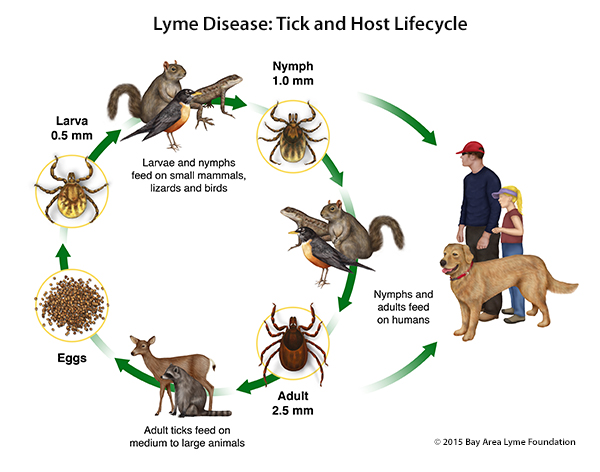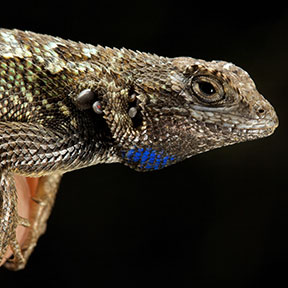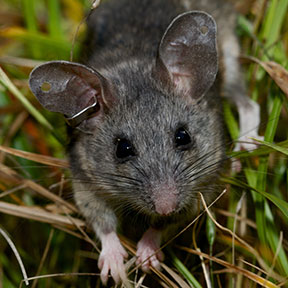Borrelia Burgdorferi
Lyme disease is an infection caused by several strains of the bacteria Borrelia burgdorferi (Bb). The bacteria is transmitted to humans through the bite of an infected tick. These ticks can also transmit other diseases and infect pets and livestock.
The tick that transmits Lyme is so small you may not notice it. The tick’s saliva contains an anesthetic-like substance that numbs your skin so you may not feel the bite. The ticks that spread Lyme are typically no larger than a sesame seed (or the size of a period at the end of a sentence). It is thought that nymphs infect more humans than adult ticks because they are so hard to see.
The Blacklegged Tick
In the United States, the Western blacklegged tick, or Ixodes pacificus, is responsible for spreading Lyme disease on the West Coast. On the East Coast and in several mid-western states, it is the Eastern blacklegged tick, also known as the “deer tick,” or Ixodes scapularis, that spreads Lyme.
All in all, according to Lyle Peterson from the Centers for Disease Control and Prevention (CDC), there are 80 million Americans living in areas of highest risk for Lyme disease where these ticks are common.
Host Animals
A tick emerges from an egg and feeds on different animals (or “hosts”) during its larval, nymph, and adult stages. A tick can live for several years on just a handful of blood meals.
The tick most often becomes infected during its larval or nymph stage, when it feeds off small animals like squirrels, mice, or birds that carry the bacteria which causes Lyme disease (Borrelia burgdorferi or Bb). These animals can also carry other bacteria. Click here to watch a video detailing the ways ticks stick to the skin (with accompanying article from The New York Times, published October 29, 2013).
The tick, now infected, then passes on the bacteria to a human or another animal during its next feeding cycle. The small animal most responsible for transmitting the Bb bacteria to ticks varies by region.
- In California, the grey squirrel is the biggest culprit. For example, studies have shown that 86% of tick larvae carrying Borrelia burgdorferi (Bb) were infected by the western grey squirrel. (Salkeld et al, 2008)
- On the East Coast, the white-footed mouse is the primary host.
- Birds and many small mammals can also harbor Lyme bacteria. Notably, the white-tailed deer supports the tick, but not the spirochete. These hosts provide the ticks with a bountiful supply of food (i.e., blood meals), enabling the ticks to live, reproduce, and/or infect a human.
- Interestingly, research by Dr. Robert Lane and others at the University of California at Berkeley, has documented that when ticks feed off a Western Fence lizard, the Bb bacteria inside them is destroyed. These lizards use the complement pathway of their immune system to destroy the Bb bacteria with proteins that burst the bacterial cells. Understanding this phenomenon may provide insights into treatments for humans.



Hostcycle image courtesy of Emily M. Eng
White-footed mouse and Western Fence lizard images courtesy of Anand Varma